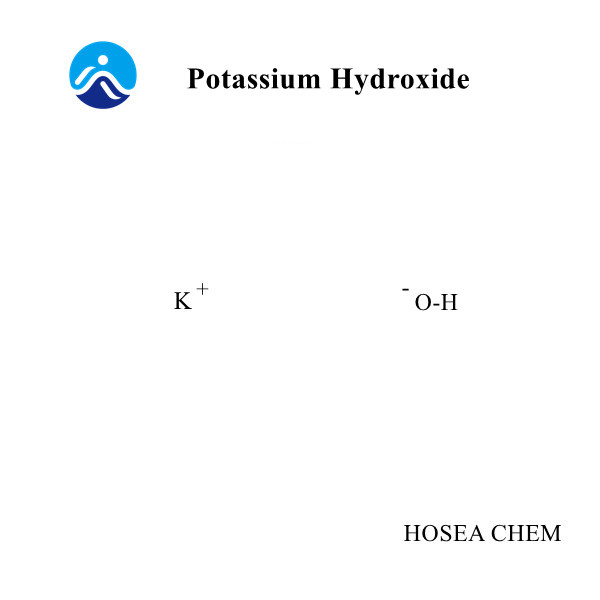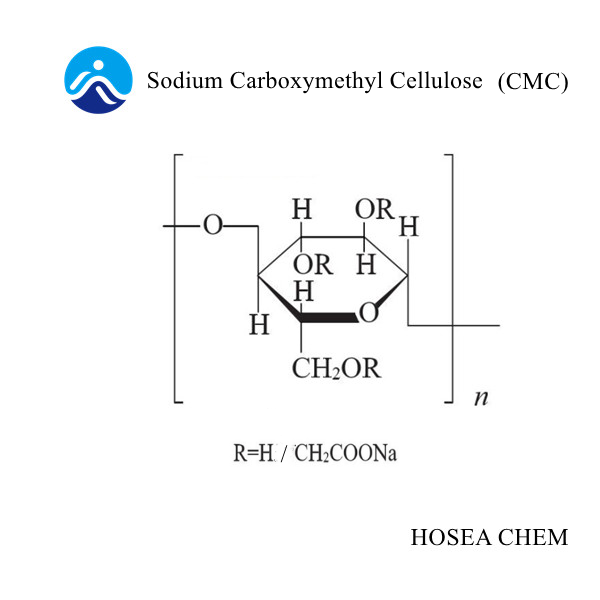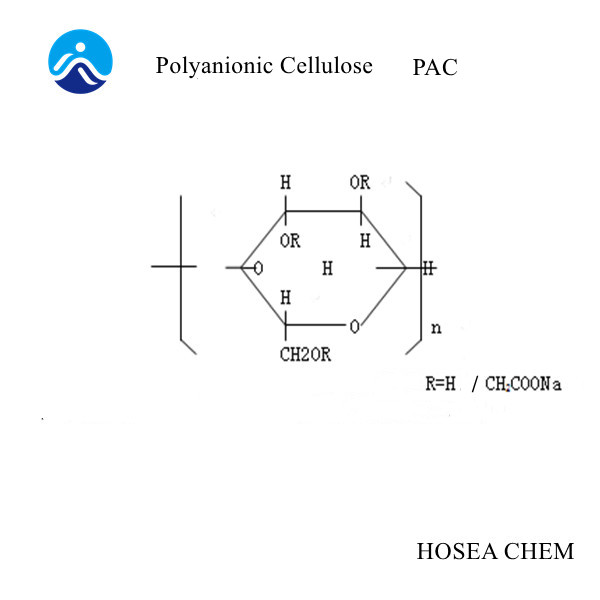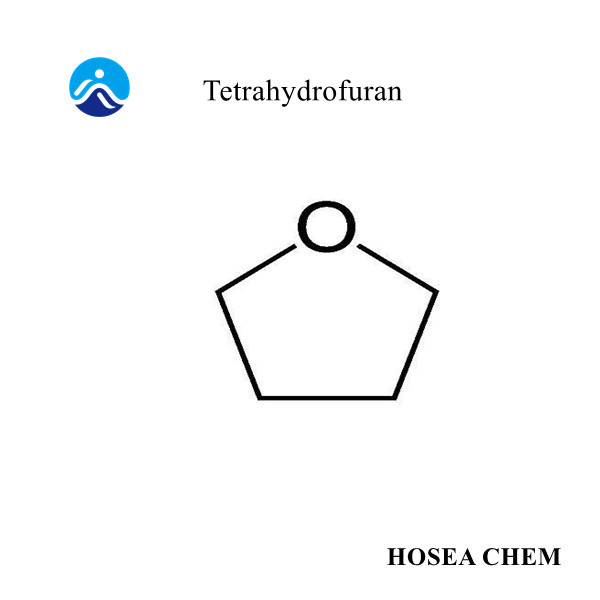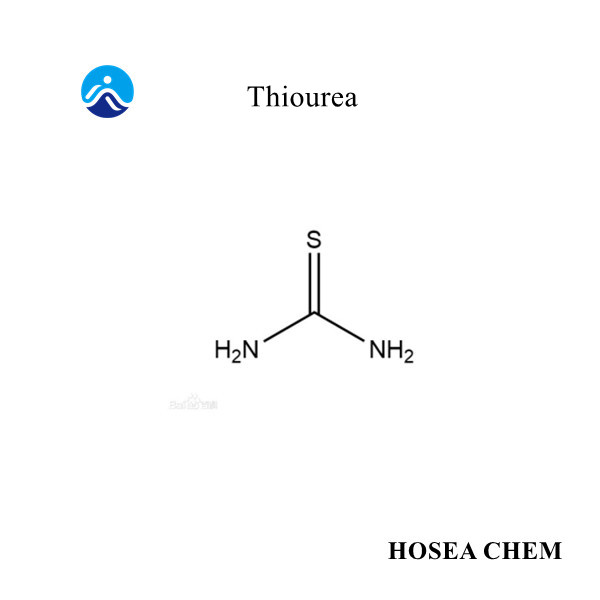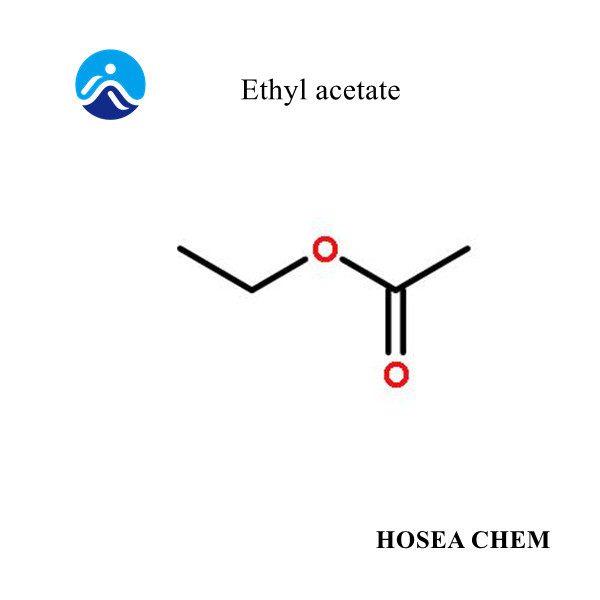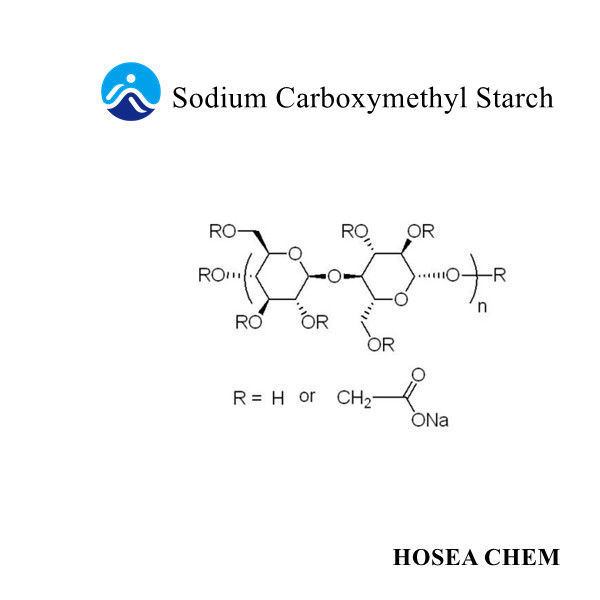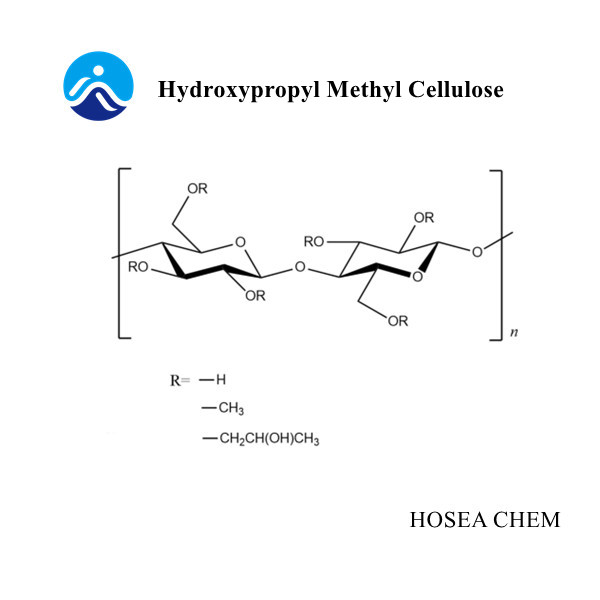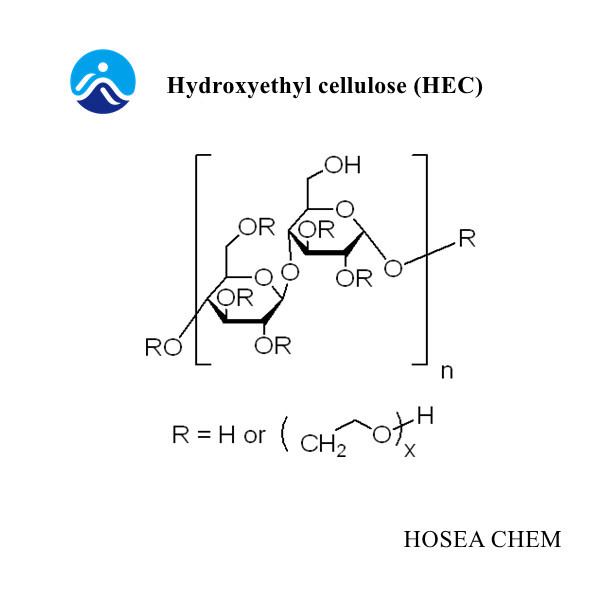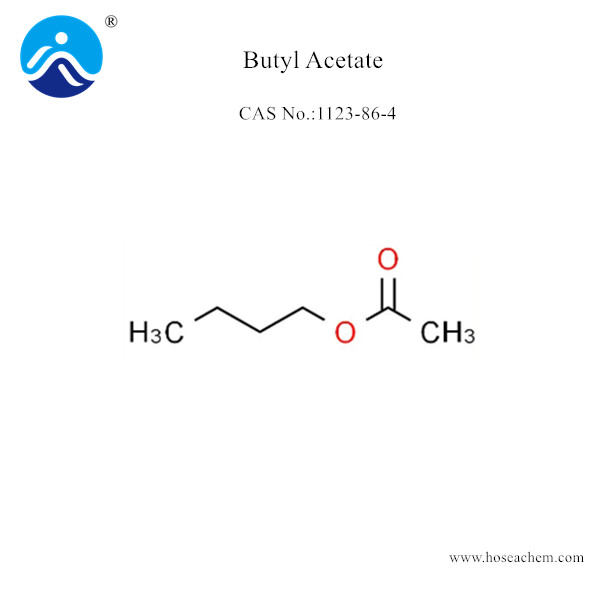Butyl Acetate (BTAC)
Hosea Chem® has been supplying Butyl Acetate (CAS 123-86-4) with high quality and competitive price for many years, covering most of the European, American, etc. Send Inquiry
Product Description
Butyl Acetate
Chemical Name:Butyl Acetate;BTAC;CAS 123-86-4
EINECS No.: 204-658-1
Chemical Formula: C6H12O2
Molecular Weight: 116.16
Melting point: -94°C
Boiling point: 124-126℃
Freezing point:-77.9℃
Flash point: 74°F
Density at 25°C: 0.88g/mL
Molecular Structure:
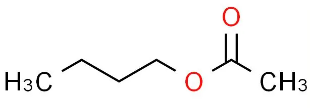
Description
Butyl acetate, also known by its systematic name ethyl acetate, is a colorless, flammable liquid primarily used as a solvent in the production of paints and lacquers. With the chemical formula C6H12O2, it is an ester of acetic acid and butanol. Butyl acetate is notable for its sweet smell of banana or apple, making it a popular choice in flavorings and fragrances.
Butyl Acetate Standard
Appearance: Colourless liquid
Color (APHA)≤: 10
Content %≥: 99.0
Density at 25°C: 0.88 g/mL
Vapor pressure (25℃): 15 mmHg
Refractive index n20/D: 1.394
Ignition point: 421 °C
Explosive limit %(V): 1.4-7.5
Application
1. Butyl Acetate is a flavoring agent which is a clear, colorless liquid possessing a fruity and strong odor. it is sparingly soluble in water and miscible in alcohol, ether, and propylene glycol. it is also termed n-butyl acetate.
2. It is one of the more important derivatives of n-butyl alcohol produced commercially, is employed as a solvent in rapid drying paints and coatings. In some instances, butyl acetate, C6H12O2, has replaced ethoxyethyl acetate due to the latter’s reported toxicity and teratogenicity.
3. It is used in the manufactureof lacquers, plastics, photographic films, andartificial leathers.
Storge & Handling
Butyl acetate should be stored in a cool, well-ventilated area away from direct sunlight and sources of ignition. Storage containers must be tightly sealed to prevent evaporation and leakage, as butyl acetate’s volatile organic compounds (VOCs) contribute to air pollution and may pose health risks upon inhalation. Materials used in the construction of storage containers and facilities should be resistant to butyl acetate to prevent chemical corrosion.
Packing
180KG/Drum


